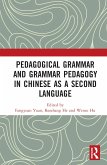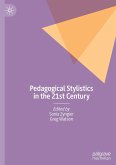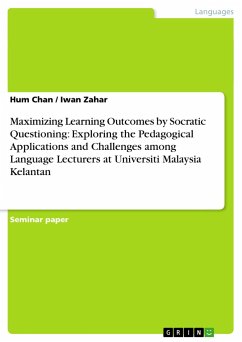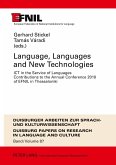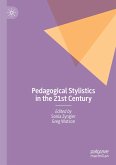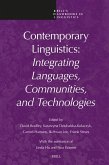Innovative Pedagogical Technologies of English Language Teaching (Part 2) is a comprehensive textbook designed to equip educators, teacher trainees, and researchers with modern approaches to teaching English as a foreign language. The book delves into a wide array of contemporary methods, strategies, and digital tools that enhance both the teaching and learning process.The textbook is structured into thematic units, each addressing key aspects of modern language pedagogy such as communicative teaching, task-based learning, blended and flipped learning models, CLIL (Content and Language Integrated Learning), and the integration of ICT (Information and Communication Technologies). It provides a detailed analysis of how these technologies can be effectively implemented in classroom environments. Special attention is given to learner-centered approaches, critical thinking development, differentiated instruction, and inclusive education. Each chapter includes real-life case studies, reflective tasks, and project-based assignments that help teachers apply theoretical concepts into practice.
Bitte wählen Sie Ihr Anliegen aus.
Rechnungen
Retourenschein anfordern
Bestellstatus
Storno


